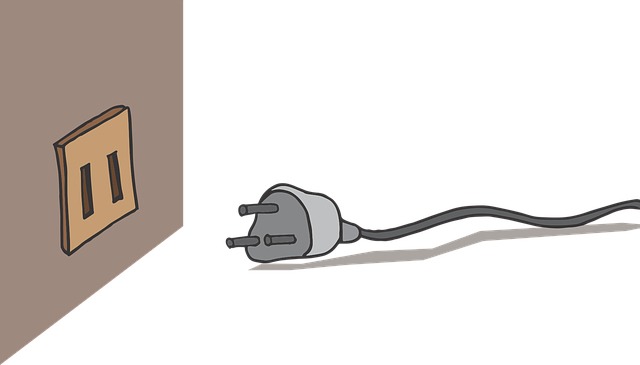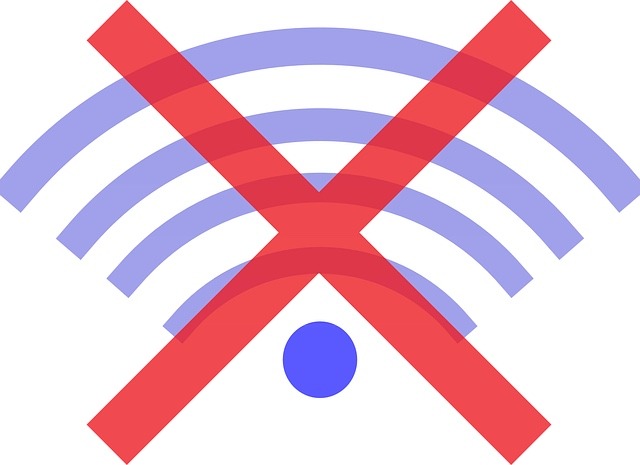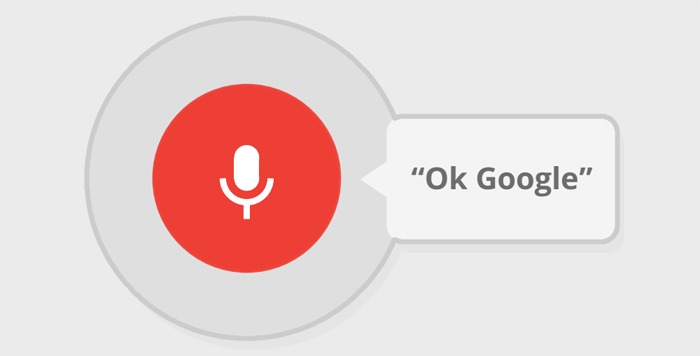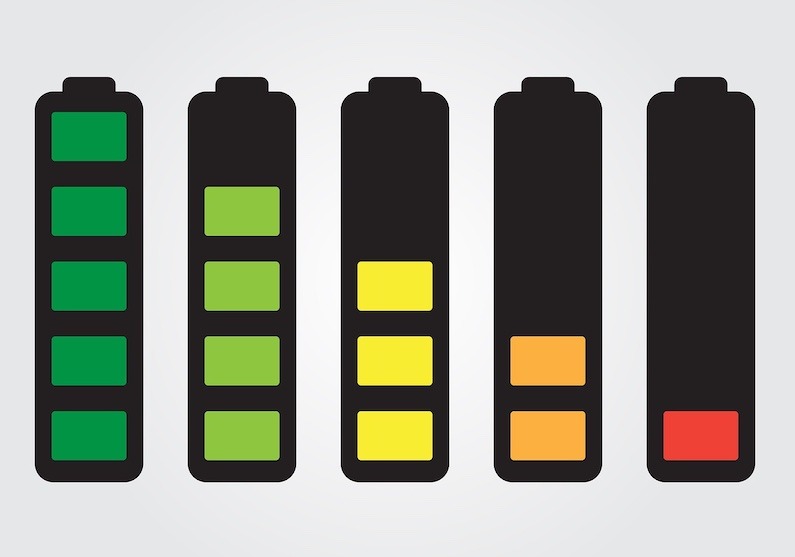
It is easier and more affordable than ever to turn your home into a smart home. This wonderous technology is all the rage these days and for good reason. Cooling down your home on a hot summer day before you arrive sounds great in theory and feels fantastic in practice. As much as smart home tech can make your life easier, that does not mean it is perfect for everyone or for every home. Here are some commonly-reported issues to keep in mind before you take the smart home plunge.
Devices Are Not Compatible

Incompatible products are unquestionably the biggest headaches in the land of smart home tech. This can lead to frustrations and hours of wasted time trying to resolve. The last thing you need is to purchase a smart plug and smart light bulbs only to find they do not work with your smart thermostat. Fortunately, this issue is mostly avoidable.
Before you do anything, you need to make a home hub choice. The most likely suspects are going to be either Amazon or Google. Apple’s Homekit can play a role, as can Samsung’s Smarthings but Amazon and Google are the industry heavyweights. Choose one or the other and then base all of your purchases on compatibility with Alexa or Google Assistant.
Poor Network Connectivity

If incompatible devices are the most frustrating part of homeownership, poor network connectivity is a close second. The last thing you want is to purchase a full smart-home security system, video doorbell and Amazon Echo only to discover your Internet cannot handle everything. Smart cameras will drop the feed, your video doorbell will not show the video and so on.
The quickest, although not always least expensive, move, is to purchase a better wireless router or mesh router. This is especially true if you live in a larger home or apartment that has plenty of walls. The best routers on the market today, mesh or otherwise, can cover homes upwards of 5,000 square feet. If all else fails, make sure to contact your Internet service provider and make sure the issue is not on their end.
Privacy and Data Collection

This smart home issue can be a bit tricky but you need to know about it to make informed decisions. We have seen this issue reduced, but you should still be aware of the risks. Both Google and Amazon were “caught” listening to your conversations. Amazon reportedly employs thousands of workers to “listen” to your Alexa requests or commands to help make the system more efficient. Amazon claims this is to our benefit so Alexa can respond more efficiently with future updates and products.
The downside is Alexa can often be privy to private conversations. Both companies pledge to take privacy seriously, but it is a red flag for many interested smart-home product buyers. So what do you do? For starters, Google has pledged to give you more control over how audio requests and conversations are used. Short of that, the best bet is to not use these products entirely. That is the only way to be sure your private conversations remain private.
False Alerts
When it comes to smart home tech, false alerts are best categorized as more of a nuisance than a problem. Still, anyone who has ever had Siri mysteriously activate on an Apple Watch knows this is a real headache. The same goes for anyone with a Google Assistant device in their home that has been activated by Google’s brilliant “Ok Google” marketing campaigns.

Ring’s video doorbells are particularly notorious for false alerts, especially when you extend the range out more than a few feet. If you are close to a sidewalk or a road, oversensitive alerts can happen and there go your phone notifications. Yes, you can adjust the settings on your devices, but that is not a surefire answer. Your best answer is to make sure that you are in fact changing these settings to avoid too much sensitivity. Pull back on the range of your Ring if necessary to limit false alerts.
Batteries Do Not Last Forever
Chalk up short battery life as another smart home problem that is more nuisance than headache. Wireless smart home devices can often run the gamut of battery life, and that life is affected by a multitude of circumstances. A poor network signal can often drain a battery faster as your video doorbell attempts to locate a signal. This is the same culprit that affects today’s smartphones.

Your best bet is to make sure all your smart home products are in range of a strong Wi-Fi signal. There are also battery adjustments available for a plethora of smart home products to save battery life. Of course, the single best thing you can do is charge batteries or switch them out before batteries gets too low. That way you can avoid annoying low-battery alerts and reduce the risk that a product is not doing its intended job.
Conclusion
It is unquestionably safe to say that while there can be many headaches with a smart home, some of them are completely fixable. You can definitely provide a better Wi-Fi signal or keep batteries charged up at all times. Ultimately, smart home products are imperfect, but the ways they can help improve your life are notable.
Get the best of IoT Tech Trends delivered right to your inbox!







